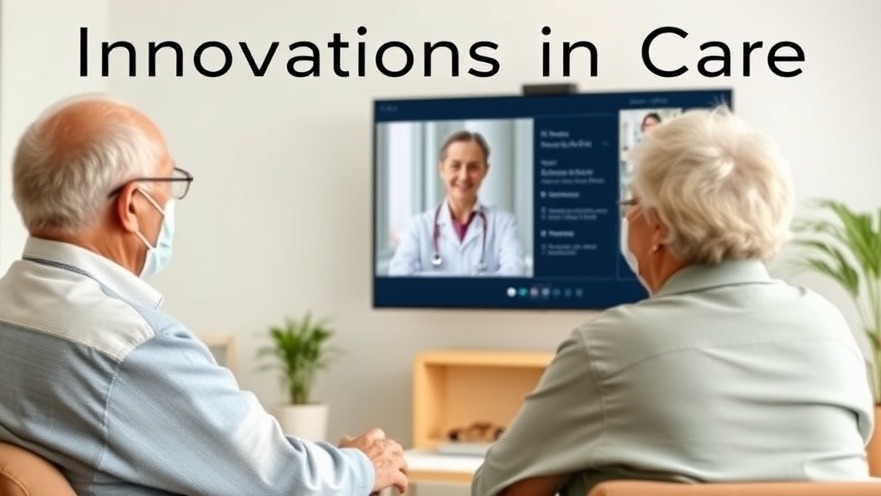
Understanding the Shift in Primary Care for Older Adults
As the U.S. population ages, with projections indicating that by 2050, 82 million adults aged 65 and older will account for an astonishing 22% of the total populace, it’s imperative to rethink how we deliver healthcare to this growing demographic. This evolution is not just about quantity but also about understanding the unique needs of older adults. The approach is shifting from traditional care methods to more personalized and integrated health systems designed to transform the primary care experience.
Meeting Unique Needs Through Frameworks
Leaders in healthcare, such as Dr. George Hennawi from MedStar Health, emphasize that older adults are not a monolithic group; their varied needs dictate tailored healthcare strategies. Implementing frameworks like the 4Ms—aspects that focus on what matters to older adults, their mental health, medication management, and mobility—ensures that health systems can effectively support them. For instance, a cognitively functional 75-year-old will have different preventive care requirements than someone facing significant impairments.
The Rise of Community-Centered Care Models
Innovation in primary care includes community-centered models aimed at enhancing outreach. An intriguing strategy involves the establishment of Centers for Successful Aging that extend beyond standard screenings and incorporate cognitive and psychosocial support. These centers act as hubs for health education and support, going where the patients are—right into their homes and community spaces. Integrating providers within senior housing allows care to become more accessible, directly addressing community health needs.
Utilizing Telehealth and Home-Based Services
As the landscape shifts, the use of telehealth and home-based services is rapidly gaining traction. Home care teams that include physicians, nurse practitioners, and social workers are deployed to deliver comprehensive medical care directly to seniors at home. This model not only improves accessibility but also preserves the dignity of older adults who may struggle with mobility issues.
Implementing Remote Monitoring Technologies
Leveraging technology is another crucial aspect as health systems explore remote therapeutic monitoring (RTM) programs. These programs provide real-time feedback and data, ensuring providers can stay ahead of potential health issues. Through the use of patient engagement tools and telehealth services, healthcare professionals are optimizing care while enhancing compliance with Medicare-backed services.
Healthcare Automation: Improving Efficiency
The adoption of healthcare automation provides benefits that touch various facets of care delivery. From management of missed calls to voice AI agents for patient engagement, automation ensures a more streamlined experience for both patients and providers. This not only optimizes practice revenue but also enhances patient satisfaction, fostering a more positive healthcare environment.
Future Predictions and Trends in Senior Care Solutions
Looking ahead, the trends indicate continued evolution in how we approach senior care. As technology blends seamlessly into healthcare, we can expect a surge in innovative solutions tailored to enhance aging in place. These developments in primary care are pivotal for ensuring sustainable healthcare practices that genuinely cater to the needs of older adults.
Conclusion: Embracing the Change in Care Approaches
Healthcare professionals must not only adapt to changing demographics but also embrace the opportunity to improve their outreach and service strategies. Through understanding individual needs and implementing community-integrated care models, we can ensure that older adults receive the attention and support necessary for optimal health outcomes.
 Add Row
Add Row  Add
Add 




Write A Comment